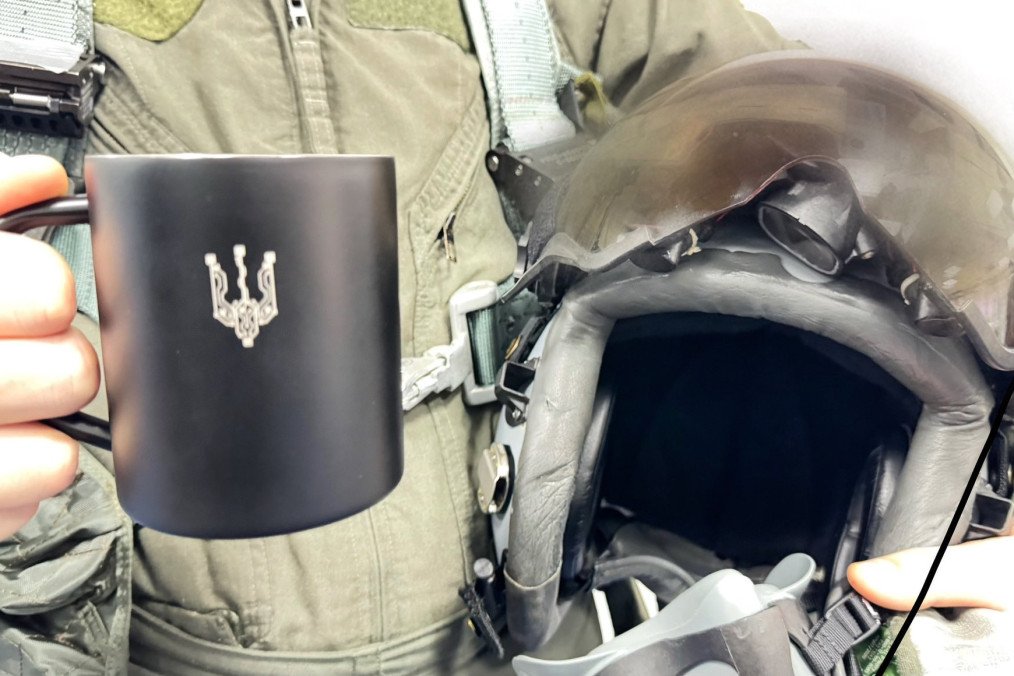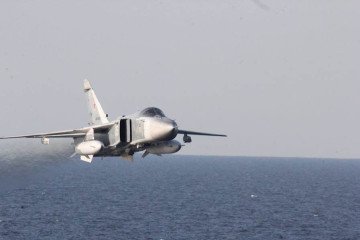- Category
- Latest news
Ukrainian Air Force Highlights Advanced F-16 Pilot Helmet Technology

The Air Force Command “Center” of Ukraine has showcased a striking photo of an F-16 pilot, drawing attention to one of the aircraft’s most advanced technological features—the helmet. The image reveals the upgraded HGU-55/P helmet equipped with the Joint Helmet-Mounted Cueing System (JHMCS).
This cutting-edge system enhances a pilot’s situational awareness and targeting capabilities. With JHMCS, pilots can lock infrared-guided missiles onto targets simply by looking at them. The system also allows the display of radar-detected targets or data received through the Datalink system directly on the visor, eliminating the need for reliance on a traditional head-up display (HUD).
The helmet is equipped with advanced sensors and displays that are integrated into the aircraft’s avionics, offering a 20° by 40° field of view for critical targeting information. Its lightweight construction reduces pilot fatigue during extended missions, while the system’s modular design facilitates upgrades and maintenance. Additionally, the visor features a sun shield and laser protection, ensuring operational effectiveness in diverse combat environments.
In contrast, Soviet-era jets like the MiG-29 and Su-27, which are still part of Ukraine’s fleet, feature a comparable targeting system. However, the Soviet design is significantly less capable. It is limited to basic functions such as guiding infrared missiles and integrating with the aircraft’s electro-optical targeting system. Furthermore, its operational reliability is lower, and its fragile construction often discourages its use in live missions.
The JHMCS, by comparison, operates seamlessly with F-16 systems, including AIM-9X Sidewinder missiles, enhancing precision and reducing response time during engagements. This integration highlights the system’s role as a force multiplier, particularly in dynamic and high-threat environments.




-72b63a4e0c8c475ad81fe3eed3f63729.jpeg)

-111f0e5095e02c02446ffed57bfb0ab1.jpeg)
